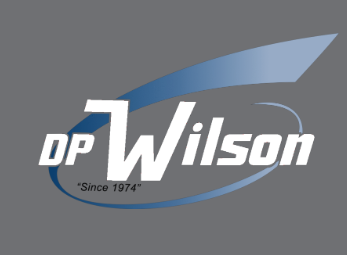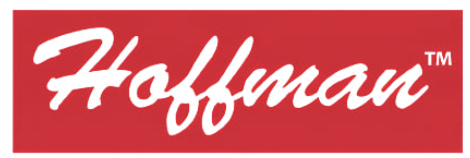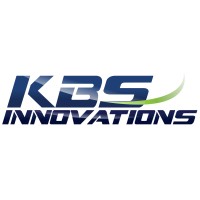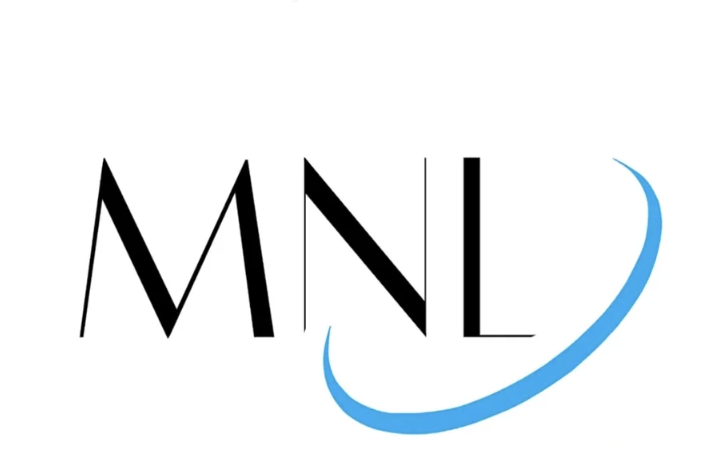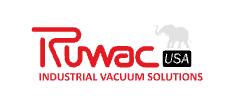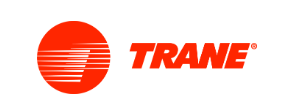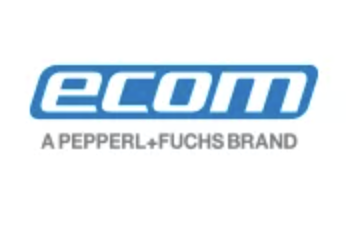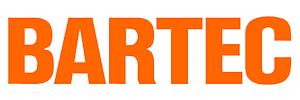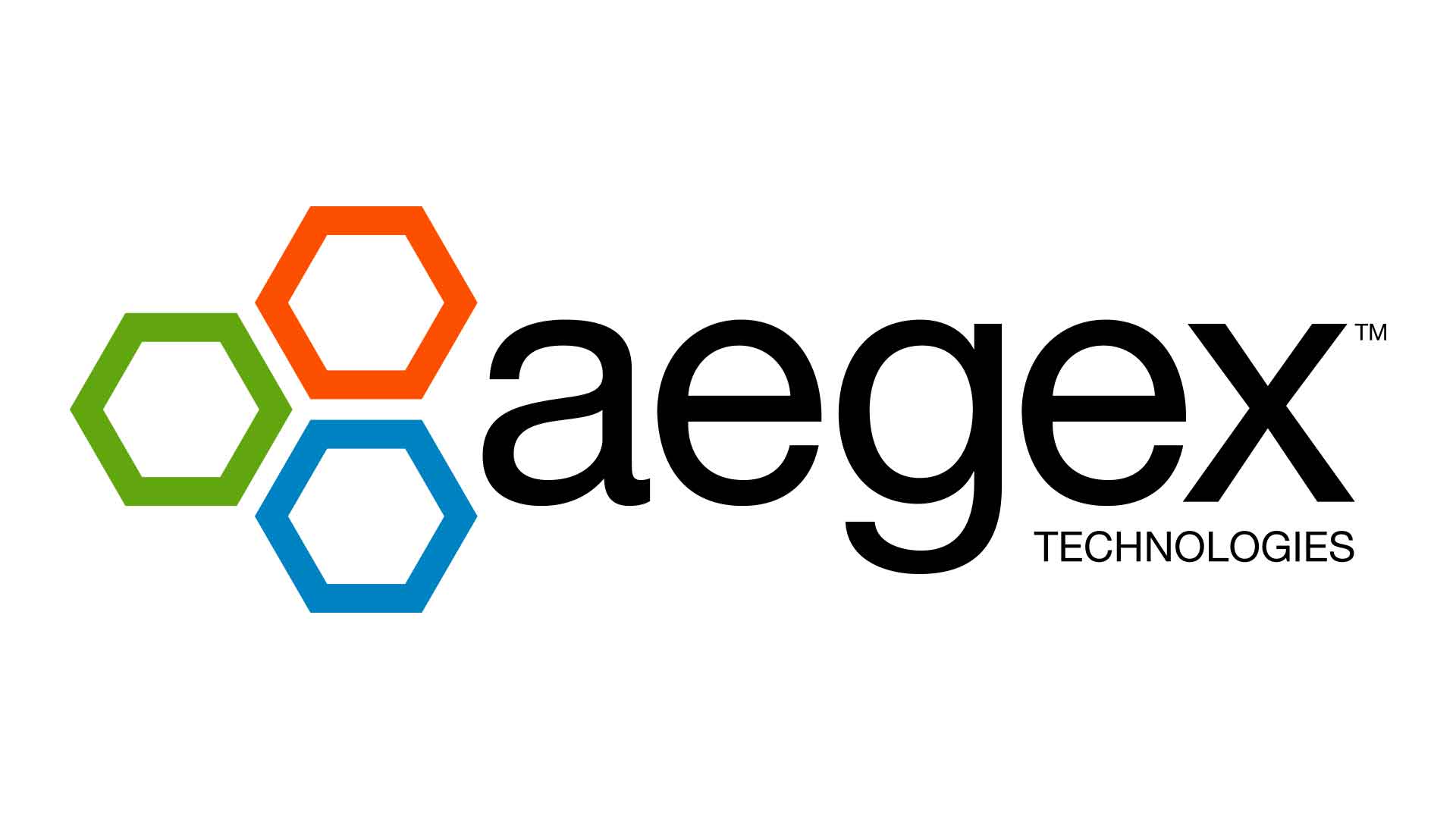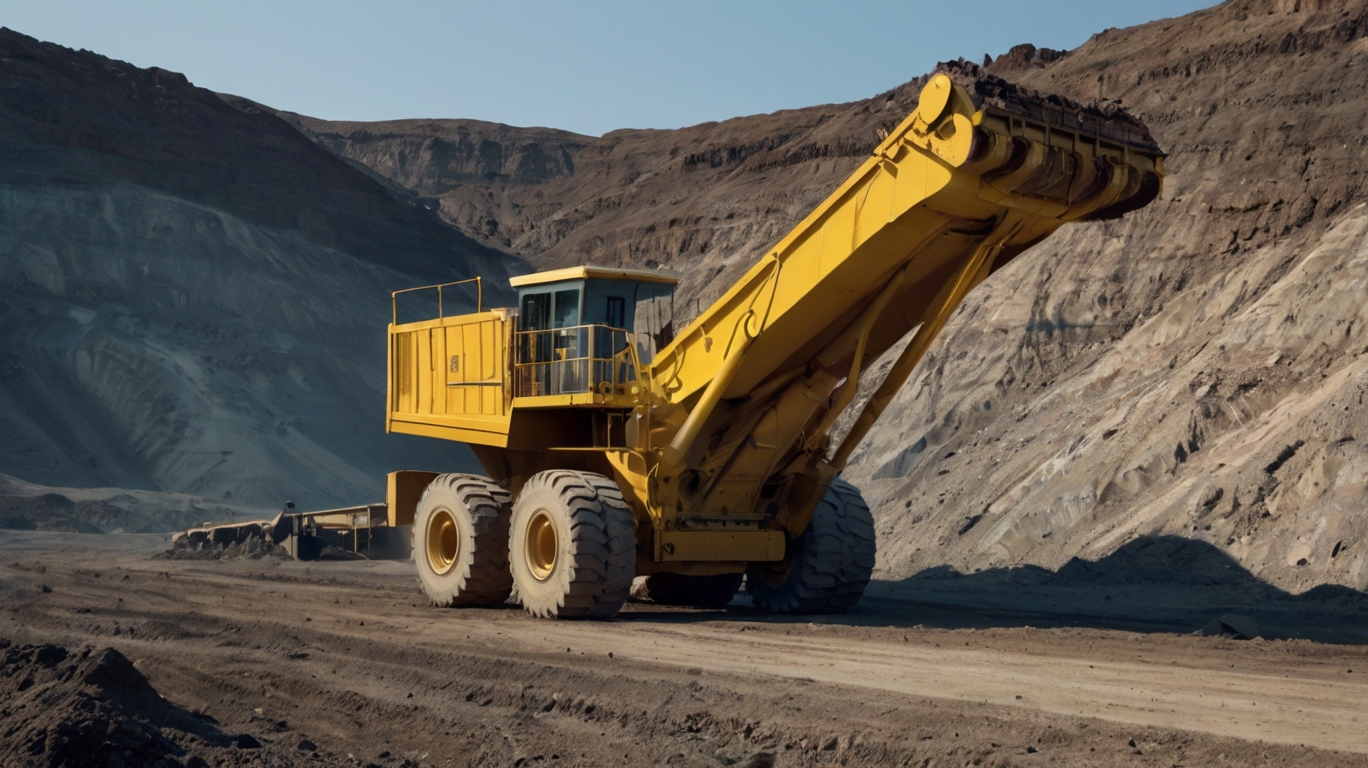
Definition:
- Process Mining: This is a method of analyzing business processes by applying specialized algorithms to event log data from information systems such as Enterprise Resource Planning (ERP) or Customer Relationship Management (CRM) tools. It aims to identify trends, patterns, and details of how a process unfolds to optimize workflows and improve efficiency.
- Task Mining: This focuses on the individual tasks within a process, analyzing user interaction data such as keystrokes, mouse clicks, and data entries. It provides a granular view of how individuals interact with specific tasks to complete a larger process.
Key Differences:
- Scope and Level of Detail:
- Process Mining: Offers a broader overview of the entire business process, identifying inefficiencies and bottlenecks across the workflow.
- Task Mining: Concentrates on individual tasks, providing a detailed understanding of how these tasks are performed and how they contribute to the overall process.
- Data Utilization:
- Process Mining: Relies on event logs or system logs from IT systems to analyze business processes.
- Task Mining: Leverages user interaction data, including keystrokes, mouse clicks, and user recordings, to understand individual task execution.
- Purpose:
- Process Mining: Used to identify and address inefficiencies, bottlenecks, and deviations from standard procedures at a process level.
- Task Mining: Aims to understand individual behavior and identify opportunities for improvement at the task level, often to automate or streamline specific tasks.
Examples in Action:
- Process Mining: A company might use process mining to analyze its procurement process, identifying delays and inefficiencies in the overall workflow to streamline operations and reduce cycle times.
- Task Mining: An organization could use task mining to analyze how employees interact with a specific software application, identifying repetitive or tedious tasks that can be automated to improve productivity.
Benefits:
- Process Mining: Enhances transparency, simplifies process analysis, and facilitates data-driven decision-making, leading to improved efficiency and cost savings.
- Task Mining: Provides detailed insights into individual task execution, enabling the optimization of specific tasks and the automation of manual processes, which can significantly improve productivity.
Fun Fact: By combining process mining and task mining, organizations can achieve a comprehensive view of their processes, from the high-level workflow to the granular task level, enabling more precise and effective process optimization and automation. This integrated approach can lead to significant improvements in efficiency, productivity, and overall business performance.
- Task mining and process mining are strategic tools for enhancing operational processes, particularly in hazardous environments, by analyzing user interactions and system data to optimize efficiency and ensure safety.
- While task mining focuses on granular tasks performed by employees, process mining provides a macro view of entire business processes, revealing bottlenecks and compliance issues.
- Integrating both task mining and process mining methodologies allows companies to achieve a comprehensive understanding of their operations, driving significant improvements in safety, efficiency, and regulatory compliance in hazardous industries.
Task Mining Explained
For industries operating in hazardous environments, the fine line between efficiency and safety cannot be overstated. That’s where task mining comes into play, offering a strategic approach to enhance operational processes while upholding the highest safety standards. Task mining utilizes user interaction data from various desktop applications to provide insights into how employees carry out their day-to-day tasks. By capturing and analyzing data from emails, documents, and enterprise applications, task mining algorithms can map out the step-by-step activities within a process, identifying inefficiencies and deviations from the standard operating procedures.
In the context of industries that face the relentless challenge of maintaining safety in hazardous environments, such as chemical, pharmaceutical, and renewable energy sectors, task mining serves as a critical tool. It enables these industries to not only streamline their operations but also reinforce their commitment to providing safe working conditions. By uncovering the granular details of how tasks are executed, companies can pinpoint areas where processes might be prone to safety risks, thereby preempting potential hazards before they escalate into incidents.
Moreover, task mining’s ability to deliver real-time insights into task performance can drive continuous improvement efforts. It empowers managers to make informed decisions based on concrete data, leading to more effective training programs, the implementation of best practices, and the elimination of redundant activities. This proactive approach to optimizing task performance aligns perfectly with the core values of exploration, continuous improvement, and providing a WOW service that our company, The Intrinsically Safe Store, champions.
Task mining’s contribution to enhancing operational efficiency and safety is invaluable. It not only supports our BHAG of connecting one billion safe solutions by 2030 but also resonates with our mission to offer peace of mind to clients operating in hazardous areas. By leveraging the power of task mining, companies can significantly reduce the likelihood of accidents, ensuring a safer and more productive workplace. This innovation stands as a testament to our continuous endeavor to explore and integrate cutting-edge technologies that align with our commitment to safety, excellence, and customer satisfaction.

Ready to Enhance Your Hazardous Environment Operations?
In a marketplace where safety and efficiency are paramount, understanding the nuances between task mining vs process mining is just the first step in streamlining your operations. The Intrinsically Safe Store is here to support you in navigating these advanced technologies with our industry-leading hazardous area certified products. Our dedication to your success is mirrored in our ambition to connect one billion safe solutions by 2030. Here’s how we can assist you in achieving operational excellence:
- Expert Guidance: Our team of experts is equipped to help you identify the best solutions that align with your specific needs in hazardous environments.
- Custom Solutions: Benefit from our custom design engineering, fabrication, and integration capabilities to tailor solutions that meet your unique requirements.
- Lower Prices: We are committed to providing the highest quality at the lowest prices, ensuring you get the best value for your investment.
- Extensive Product Range: With our expansive array of products, you’re sure to find the perfect fit for your industry, be it machine or plant engineering, chemical, pharmaceutical, and more.
Take the next step towards innovating and optimizing your operations in hazardous environments. Contact The Intrinsically Safe Store today and let us provide you with the peace of mind that comes from knowing your operations are safe and efficient. Together, we’ll work towards a safer, more efficient world.
Process Mining Explained
Process mining stands out as a transformative approach to enhancing operational efficiency in various industries, especially for those operating within hazardous environments. This innovative technology utilizes data, existing within IT systems, to create a transparent, end-to-end visualization of processes. The primary goal of process mining is to unravel the intricacies of how business processes actually occur, moving beyond how we believe they operate.
At the heart of process mining is the extraction of valuable insights from event logs generated by a company’s enterprise software — ranging from Enterprise Resource Planning (ERP) to Customer Relationship Management (CRM) systems. By analyzing these logs, process mining software reconstructs a virtual map of business processes. This map not only reveals the sequences of tasks but also uncovers bottlenecks, deviations, and inefficiencies within any given process. It’s akin to giving organizational leaders a bird’s-eye view of their operations, granting them the insight to make data-driven decisions for optimization.
For industries ensconced in the environments requiring intrinsically safe operations — such as chemical, pharmaceutical, or material handling — process mining becomes an invaluable tool. It allows these sectors to maintain a stronghold on operational safety, ensuring that each step within their intricate processes adheres to the highest standards of safety and efficiency. By identifying process bottlenecks, these industries can preempt potential hazards before they escalate into serious safety incidents.
Furthermore, by optimizing processes, companies are not just enhancing safety; they are also driving substantial cost savings and elevating their service levels. Process mining, therefore, aligns perfectly with the aspirations of businesses looking to fulfill ambitious goals, such as The Intrinsically Safe Store’s BHAG to connect one billion safe solutions by 2030. It underscores the significance of continuous improvement and exploration, two core values that resonate deeply with our company’s ethos.
In essence, process mining acts as a catalyst for change within the hazardous environments our clientele operate in. It brings to light the unseen, making it possible to course-correct, enhance operational efficiency, and above all, guarantee the safety and reliability that our clients have come to expect from us. With every process optimized, we step closer to a safer, more efficient world, underpinning our unwavering commitment to providing WOW service and achieving our mission of connecting safe solutions globally.
Digging into Task Mining: An Overview
In the journey to demystify task mining and its counterpart, process mining, it’s imperative to delve deeply into what exactly task mining entails. Task mining, an innovative technology, focuses on capturing and analyzing the detailed actions that users perform on their computers. By leveraging data from desktops and applications, task mining tools provide insights into how tasks are executed, identifying patterns, inefficiencies, and opportunities for optimization.
At the core of task mining lies the ability to record sequences of user interactions. This could range from simple mouse clicks to complex data entry across various software applications. The beauty of this approach is not just in the capture of raw data, but in the sophisticated analytics applied to understand the nuances of each task. By employing advanced algorithms, task mining software can pinpoint variations in how different employees tackle the same tasks, uncover bottlenecks, and suggest streamlined processes that could dramatically enhance productivity.
For industries operating in hazardous environments, such as those The Intrinsically Safe Store proudly serves, task mining offers a beacon of hope. Imagine the value in being able to meticulously analyze and optimize every task performed in the challenging and often unpredictable conditions of a chemical plant or an oil rig. The ability to improve operational efficiency while ensuring the safety and well-being of every employee is not just a goal; it’s a necessity. Task mining provides actionable insights that could lead to safer, more efficient work environments, perfectly aligning with our ethos of connecting safe solutions that improve the world.
Furthermore, task mining’s non-invasive nature ensures that sensitive information remains protected, a crucial consideration for our clients in industries such as pharmaceuticals, packaging, and material handling. The technology focuses on the process rather than the content, offering a layer of security that is vital in high-stakes environments.
As we continue to explore the vast potential of task mining, it’s clear that its application goes beyond simple process improvement. It is a tool for transforming workplaces, enhancing safety protocols, and pushing the boundaries of what’s possible in operational efficiency. For businesses eager to embrace continuous improvement and innovation, especially within hazardous areas, task mining represents a pivotal step in the journey toward achieving operational excellence and, ultimately, realizing our BHAG of connecting one billion safe solutions by 2030.
Unpacking Process Mining: Core Elements
When delving into the distinctions between task mining and process mining, understanding the core elements of process mining is crucial. Process mining stands as a robust bridge between model-based process analysis and data-oriented analysis techniques. Its goal is to provide insights and improve processes by extracting knowledge from event logs readily available within an organization’s IT systems. Let’s unpack the three core elements of process mining:
1. Event Logs
At the heart of process mining lies the concept of event logs. An event log is a detailed digital record of the sequence of activities (events) that have occurred within a system. Each event within the log is typically timestamped, allowing for chronological analysis and includes other relevant information such as the involved resource (e.g., the user or machine executing the task) and possible additional data points (e.g., task outcomes, exceptions). These logs are indispensable for process mining as they provide the raw data necessary for analysis.
2. Discovery
Discovery is the first and perhaps the most vital element of process mining. It involves identifying, analyzing, and modeling processes as they actually are, based on the evidence found in event logs. Unlike process modeling, which often relies on interviews and workshops to understand how processes should work, discovery leverages actual performance data to map out how processes really work. This includes identifying bottlenecks, compliance deviations, and variations in process execution, offering a detailed, data-driven view of process performance.
3. Conformance Checking
Conformance checking is where process mining truly shines, offering the ability to compare a pre-existing process model (how the process is supposed to operate) with the actual, mined process model (how the process operates in reality). Through this comparison, organizations can pinpoint discrepancies between the designed process and execution, identify compliance violations, and quantify the impact of these deviations on performance. This insight is invaluable for organizations, particularly those operating in hazardous environments, where strict adherence to processes can significantly impact safety, efficiency, and regulatory compliance.
4. Enhancement
The final core element of process mining is enhancement. This involves improving the existing process model based on insights gained from discovery and conformance checking. Enhancement can take several forms, such as modifying the process to eliminate identified bottlenecks, automating tasks to increase efficiency, or refining compliance measures to mitigate risks. In many ways, enhancement represents the ultimate goal of process mining—leveraging actionable insights to optimize and refine business processes for better performance and compliance.
By understanding these core elements—event logs, discovery, conformance checking, and enhancement—organizations can harness the power of process mining to gain a deep understanding of their operations. This understanding is particularly crucial for industries operating in hazardous environments, as ensuring the safety and efficiency of processes is not just about compliance; it’s about safeguarding the wellbeing of employees and the environment. At The Intrinsically Safe Store, we recognize the potential of process mining to offer insights that drive continuous improvement and support our BHAG of connecting one billion safe solutions.
Comparative Analysis: Task Mining vs. Process Mining
Understanding the key differences between task mining and process mining is essential for companies operating in hazardous environments, such as those we serve at The Intrinsically Safe Store. Both technologies are revolutionary, yet they cater to distinct aspects of improving workflows and ensuring operational safety. Let’s delve into a comparative analysis to highlight their unique attributes and applications.
Data Gathering Approach
Task Mining utilizes user interaction data collected directly from the employees’ desktops. It leverages software that captures and analyzes the sequence of actions performed by users in their routine work processes. This data is then used to identify inefficiencies and improvement opportunities.
Process Mining, on the other hand, focuses on analyzing system event logs. These logs are automatically generated by enterprise systems (e.g., ERP, CRM) and provide an audit trail of business processes. Process mining tools use this data to reconstruct and visualize the flow of work, making it easier to understand and optimize processes.
Focus and Objective
Task Mining aims to understand the detailed, often manual, tasks that employees perform. By capturing the nuanced interactions employees have with various applications, task mining helps identify bottlenecks, deviations, and opportunities for automation at the task level.
Process Mining strives to offer a macro view of business processes. It identifies process inefficiencies, compliance issues, and bottlenecks by analyzing the end-to-end process flow. The goal is to ensure that overall business processes are as efficient and streamlined as possible.
Application in Hazardous Industries
For industries operating in hazardous environments, task mining can be particularly beneficial in understanding the specific actions workers take that may contribute to risk or inefficiency. It offers insights into the human element of process execution, enabling the identification of training needs or areas where automation could enhance safety.
Process Mining offers these industries a bird’s-eye view of their processes, helping to ensure that all operations are conducted according to the strictest safety standards and regulations. It can identify procedural lapses that could lead to safety hazards, enabling corrective actions at the process level.
Conclusion
While both task mining and process mining are geared towards increasing efficiency and identifying improvement opportunities, their approaches and focuses differ significantly. Task mining’s micro-level analysis of user tasks complements process mining’s macro view of overall process efficiency. For industries operating in hazardous conditions, integrating both approaches can lead to unparalleled insights into both the granular actions of employees and the overarching processes they inhabit. This dual-focused analysis is integral to not just enhancing productivity and efficiency, but also to ensuring stringent adherence to safety protocols, echoing The Intrinsically Safe Store’s commitment to providing solutions that improve the world safely and efficiently.
Integrating Task Mining with Process Mining for Optimal Results
Unveiling the distinct roles of task mining and process mining within an organization shines a light on the potential of their integration. When these two methodologies come together, they can significantly amplify the efficacy of internal analyses, leading to unparalleled optimization and innovation—particularly within industries operating in hazardous environments where precision and safety are paramount.
Task mining and process mining, in harmony, offer a comprehensive overview of both the microscopic activities carried out by employees and the overarching processes that define the operational flow of a business. This powerful combination allows for the identification and rectification of inefficiencies at both a granular and macroscopic level.
Integrating task mining with process mining begins with the collection and analysis of data. Task mining software meticulously records the actions of employees on their computers, capturing a plethora of data on everyday tasks. Meanwhile, process mining tools analyze system logs to map out process sequences and identify variances and bottlenecks. When the insights from both methods are merged, it paints a complete picture of how tasks align with business processes, and more importantly, how they can be improved.
For industries subject to the stringent regulations of hazardous environments—like chemical, pharmaceutical, and renewable energy sectors—this integration is not just a pathway to efficiency; it’s a critical component of risk management and safety assurance. Understanding the minutiae of tasks and how they fit into the broader process landscape is essential in these industries where errors can have significant consequences.
By employing a dual approach, companies can ensure compliance with regulatory standards, enhance productivity, and foster a safer work environment. It empowers them to make informed decisions, reallocate resources for maximum impact, and streamline operations in a way that supports both employee well-being and the bottom line.
The Intrinsically Safe Store recognizes the importance of adopting advanced technologies and methodologies in achieving operational excellence. In line with our commitment to providing WOW service and facilitating continuous improvement, integrating task mining with process mining resonates with our core values and BHAG. This integration stands as a beacon of innovation, guiding industries through the complexities of modern-day operations and steering them toward a future where efficiency and safety converge for the greater good.
FAQs: Understanding Task Mining and Process Mining
What data sources are used in task mining?
Task mining leverages data from desktop activities, capturing user interactions with various applications and systems. This includes keystrokes, mouse movements, and data input into software applications. By analyzing desktop activities, task mining provides insights into how tasks are performed, highlighting inefficiencies and opportunities for automation.
What data sources are used in process mining?
Process mining relies on event logs from information systems to reconstruct and analyze business processes. These event logs reflect every step of a process, from start to finish, including timestamps and user IDs. By mining these logs, process mining software visualizes the actual processes, detects deviations from the intended process, and identifies bottlenecks and inefficiencies.
How does task mining identify user interactions?
Task mining software employs advanced algorithms and artificial intelligence to analyze desktop data. It identifies patterns and sequences in user activities, distinguishing between different tasks and actions. This granular insight into user interactions helps organizations understand how tasks are executed, which is crucial for optimizing workflows and improving productivity.
How does process mining map end-to-end processes?
Process mining uses the data contained in event logs to create a detailed map of the entire process. It automatically identifies all the steps within a process, the order they occur, and the interaction between different steps. This end-to-end visualization provides a clear, data-driven picture of how processes actually work, making it easier to spot inefficiencies, compliance issues, and opportunities for improvement.
How do I choose between task mining and process mining?
Choosing between task mining and process mining depends on your specific objectives. If your goal is to understand and optimize the detailed activities and tasks that individual users perform, task mining is the right choice. It provides the micro-level details needed to enhance task efficiency and identify automation opportunities. On the other hand, if you aim to improve the efficiency and compliance of business processes on a macro level, process mining offers the insights required to achieve end-to-end process optimization. For comprehensive optimization efforts, integrating both task and process mining may provide the most holistic view of your operations.
By aligning technology with your operational goals, and understanding the unique capabilities of both task and process mining, you can unlock greater efficiency and effectiveness within your workflows—especially critical in high-stakes environments such as those The Intrinsically Safe Store serves.






